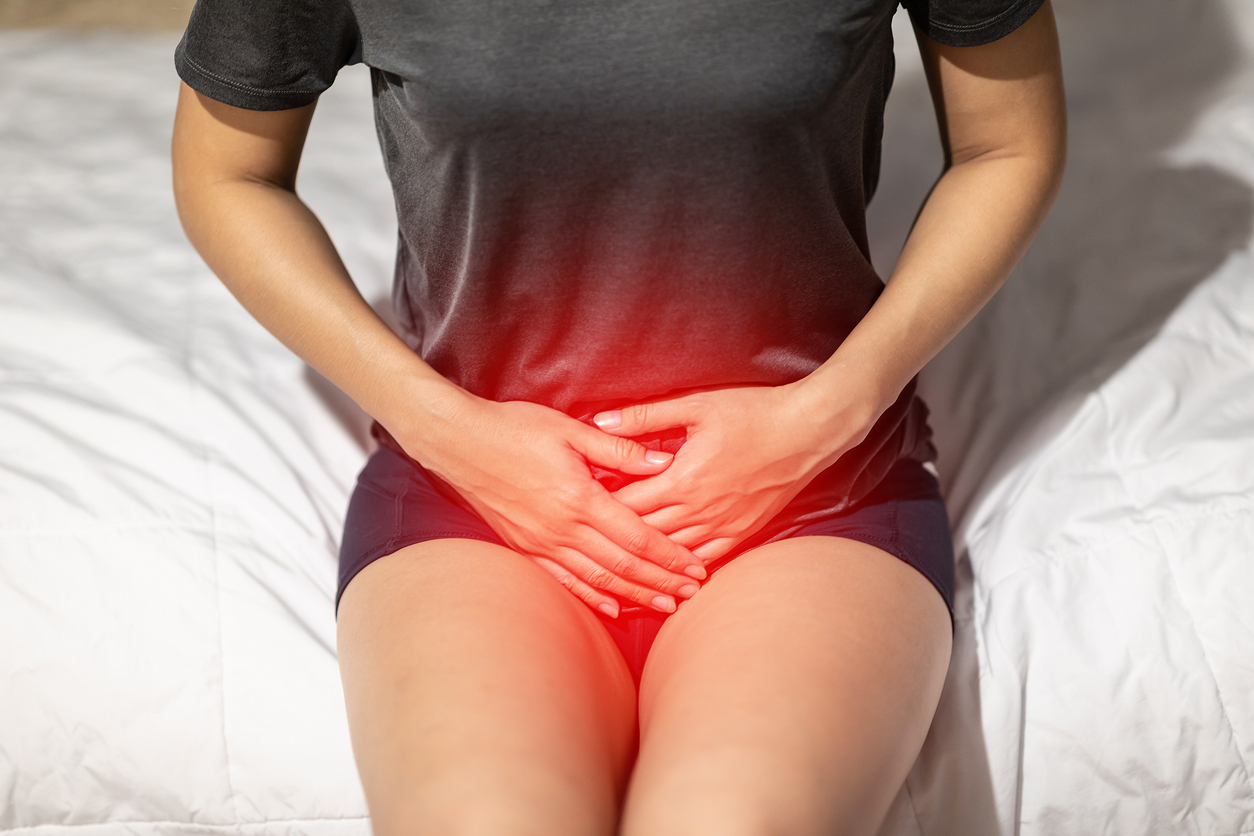What Women Should Know About Varicose Veins in the Pelvis

Most people know about varicose veins in the legs, but did you know that they can also occur in the pelvis? Varicose veins in the pelvis are relatively rare, but they can cause a lot of pain and discomfort. They may also be a sign of other underlying conditions.
In this post, we will explore what causes varicose veins in the pelvis, how to treat them, and whether or not surgery is necessary. Stay tuned!
What Are Varicose Veins?
Varicose veins are unnaturally swollen veins that frequently have a bulging or twisted appearance. They often happen when vein valves malfunction, causing blood to accumulate in the vein. Varicose veins can occur anywhere in the body, but they are most common in the legs and feet.
In some cases, varicose veins can also occur in the pelvis. Pelvic varicose veins usually develop during pregnancy, when the growing uterus puts pressure on the veins in the pelvis. However, they can also be caused by other factors, family history, and hormones.
If left untreated, varicose veins can lead to more severe problems, such as blood clots. Treatment for varicose veins often involves wearing compression stockings or undergoing laser therapy. In some cases, surgery may also be necessary to remove varicose veins.
What Are the Symptoms of Pelvic Varicose Veins?
Pelvic varicose veins are varicose veins that develop in the pelvis. The pelvis is a sizable basin-shaped area that holds the uterus, ovaries, and other internal organs. The pelvic veins are a network of veins that drain blood from the pelvis back to the heart.
When vein valves are compromised or destroyed, blood can pool in the vein, resulting in varicose veins. This can cause the vein to become enlarged and twisted. Pelvic varicose veins can cause several symptoms, including:
- Pain in the pelvis, lower back, or thighs
- Aching or heaviness in the pelvis
- Swelling in the feet or legs
- Cramping or discomfort during sex
- Unusual bleeding from the vagina
- Fatigue
- Mood swings
If you experience any of these symptoms, it's essential to see your doctor so they can rule out other potential causes and develop a treatment plan.
In some cases, simple lifestyle changes like wearing loose-fitting clothing and elevating your legs may be all that's needed to relieve symptoms. However, if varicose veins are severe, your doctor may recommend a more invasive procedure to remove them.
How to Diagnose Pelvic Varicose Veins?
Varicose veins in the pelvis are relatively common, particularly among women who have given birth. There are several ways to diagnose pelvic varicose veins, including ultrasound, MRI, and CT scan.
However, the most common method is to ask the patient about their symptoms. Varicose veins in the pelvis can cause various symptoms, including pain in the legs, hips, and lower back; heaviness or fatigue in the legs; and cramping or restless leg syndrome.
If you are experiencing any of these symptoms, you must see your doctor for an accurate diagnosis.
Treatment for Pelvic Varicose Veins
Although varicose veins are a common problem for both men and women, they are uncommon in the pelvis. These types of varicose veins can cause discomfort and pain in the lower abdomen and groin area.
If you're experiencing these symptoms, it's vital to seek out treatment from a qualified medical professional.
Several options are available for treating varicose veins in the pelvis, and the best course of action will be determined based on the severity of your condition.
In some cases, conservative treatments like wearing compression stockings or elevation of the legs may be enough to alleviate symptoms. However, other cases may require minimally invasive treatments like sclerotherapy or surgery.
No matter what treatment plan you and your doctor decide on, it's essential to take action to relieve your symptoms and improve your quality of life.
FAQs
These are some of the frequently asked questions about pelvic varicose veins.
Can pelvic varicose veins burst?
Varicose veins in the pelvis are a frequent ailment that can be very uncomfortable. The veins become engorged and may bulge, making it difficult to sit or stand for long periods.
In some cases, the veins can even burst. This usually occurs when the veins are under a great deal of strain, such as during pregnancy. When the veins burst, they release blood into the surrounding tissue. This can cause severe pain and swelling.
Are pelvic varicose veins life-threatening?
With pelvic varicose veins, the veins become enlarged and twisted, often bulging out of the skin. In severe cases, the veins may rupture, causing a bleed.
Although pelvic varicose veins are generally not dangerous, they can be extremely painful. If the veins rupture, it is vital to seek medical attention immediately, as internal bleeding can be very dangerous.
In most cases, doctors can treat pelvic varicose veins with conservative measures such as lifestyle changes and compression stockings. As a result, surgery is only ever necessary in the most severe cases.
What causes varicose veins in the pelvis?
Several factors can contribute to the development of varicose veins in the pelvis, including pregnancy, obesity, and prolonged sitting or standing. Pelvic surgery can also lead to varicose veins. In some cases, there may be no apparent cause for the condition.
However, varicose veins in the pelvis can cause pain and discomfort and may lead to other health problems, such as blood clots. Therefore, if you are experiencing symptoms of varicose veins in the pelvis, you must see a doctor for diagnosis and treatment.
Do pelvic varicose veins hurt?
While pelvic varicose veins are often painless, some women do experience discomfort. The most common symptom is a dull ache or heaviness in the pelvic area.
Some women also feel pain during bowel movements or when urinating. In severe cases, the veins may rupture, causing sharp pains and heavy bleeding.
Conclusion
Varicose veins can be a debilitating condition. If you are experiencing any of the symptoms outlined in this post, please see your doctor for diagnosis and treatment.
Early diagnosis and treatment are vital in preventing more serious health complications associated with varicose veins. Thanks for reading!

